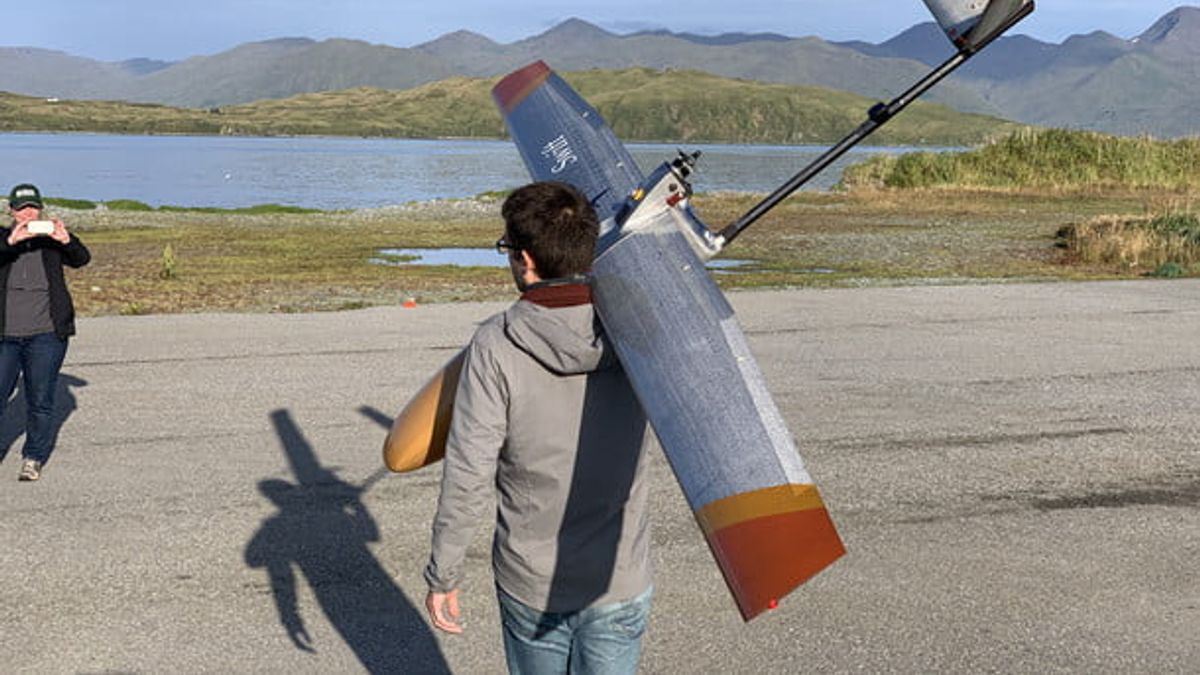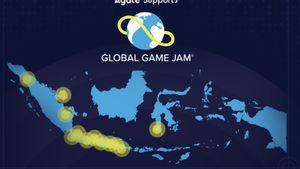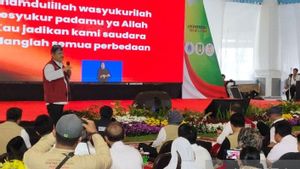JAKARTA - The National Aeronautics and Space Administration (NASA) does not only focus on space projects, it turns out that they are also involved in Earth monitoring projects, especially those related to climate.
Now, NASA is working on plans to use drones to monitor active volcanoes and provide warnings of potential eruptions.
In collaboration with Black Swift Technologies, the two will create a drone that is highly resilient from unmanned aircraft systems (UAS) and can survive in difficult environments atop volcanoes.
"We needed it to be really sturdy, to withstand flying in turbulent conditions and corrosive gases around volcanoes. We're also developing a gas-sensing payload that the UAS can carry to look for signs of volcanic unrest," said Director of the Earth Sciences Division at NASA, Ames Florian Schwandner.
The first version of the UAS was tested to monitor volcanoes in Costa Rica, Central America in 2013, and an updated version of the aircraft was recently tested on a flight at Makushin Volcano in the Aleutian Islands in Alaska.
The drone can fly even when it is beyond the pilot's visual range, using an autonomous system combined with a predetermined flight plan to reach the top of the volcano.
From there, according to Digital Trends, Monday, January 31, drones can gather visual and thermal information about volcanic activity.
"Our goal is to continue to drive UAS's capabilities to provide valuable insight into natural phenomena," said Black Swift Technologies CEO Jack Elston.
“This deployment showcases some of the most advanced automation technologies we think will go a long way in simplifying the now-difficult UAS operations. One of the most exciting results will be seeing our custom autopilot system determine when conditions become too dangerous and turn around."
Of course, they hope that this technology can be developed so that it can monitor volcanoes regularly and become an early warning system if an eruption will occur.
"Working with NASA and Black Swift, our scientists believe we can use UAS to help authorities warn the public about the onset of dangerous volcanic eruptions, and the many other hazards that now surprise us," said US Geological Director, National Innovation Center Survey. , Jonathan Stock.
"With this tool, we can routinely monitor even distant volcanic activity and respond to eruptive events, a game changer for the safety of our scientists and communities around this geological hazard."
The English, Chinese, Japanese, Arabic, and French versions are automatically generated by the AI. So there may still be inaccuracies in translating, please always see Indonesian as our main language. (system supported by DigitalSiber.id)













